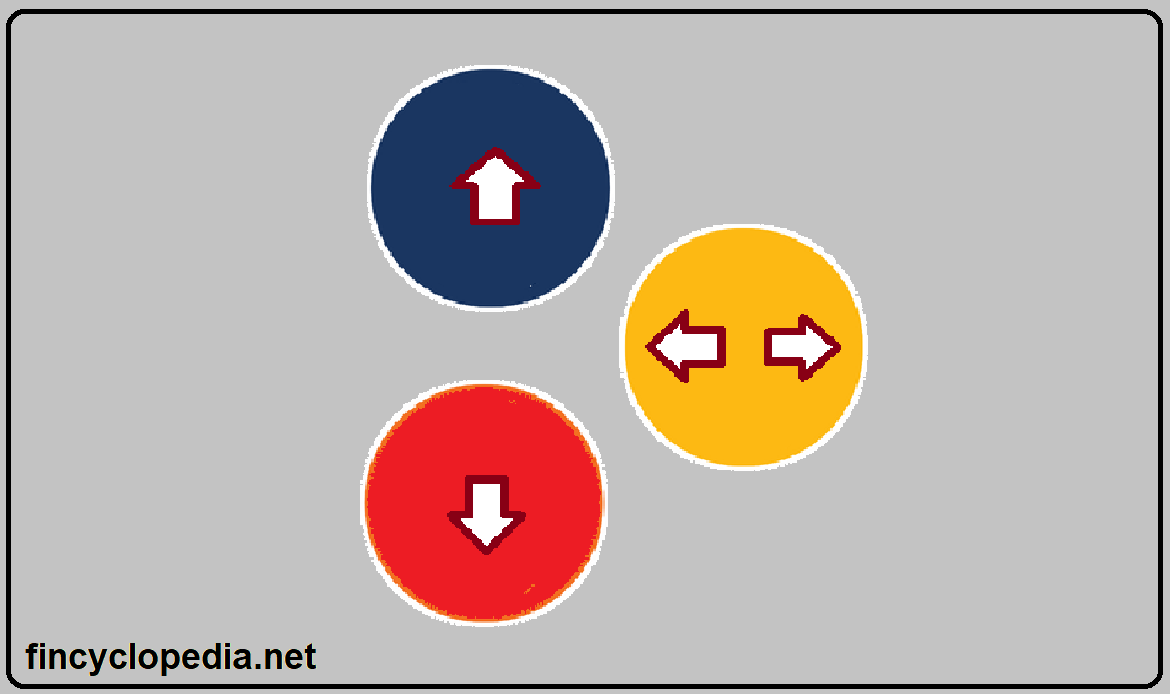Allowance for credit losses (ACL) is an allowance that constitutes an estimate of a debt/ obligation (credit extended to customers/ buyers) that an entity determines and considers unlikely to recover. In other words, it is an estimated amount of losses (expected credit losses, ECLs) that may rise from bad debts in the future. The allowance for credit losses (ACL) is deducted from the amortized cost basis of a respective financial asset or a group of financial assets so the net amount an entity expects to collect appears on the balance sheet. Amortized cost reflects the principal balance outstanding, net of purchase premiums and discounts, deferred fees and costs, and any fair value adjustments (fair value hedge accounting adjustments).
Subsequent changes (favorable and unfavorable) in expected credit losses are recognized immediately the income statement, impacting an entity’s net income, as a credit loss expense or a reversal of credit loss expense.
On the other hand, provision for credit losses (PCL) is a provision that is created (set aside) by an entity, as an amount deducted from income, to adjust its loan balances to reflect anticipated losses on its loans (extended to others). This amount is added to the allowance for credit losses (ACL) to bring it to a level that the entity’s management deems adequate to account for all credit losses (arising from credit risk) in its loan portfolio. The provision for credit losses (PCL) is set aside to cover probably uncollectible loans, and as such to protect an entity from insolvency. This provision is calculated based on a PCL ratio– a ratio that measures the provision for credit losses as a percentage of net loans and similar types of lending (e.g., acceptances).
Allowance for credit losses (ACL) constitutes an estimate of the amount an entity may lose due to its debts going bad. Provision for credit losses (PCL) represents an actual charge against income, and reducing pre-tax income and net income in a direct way.







